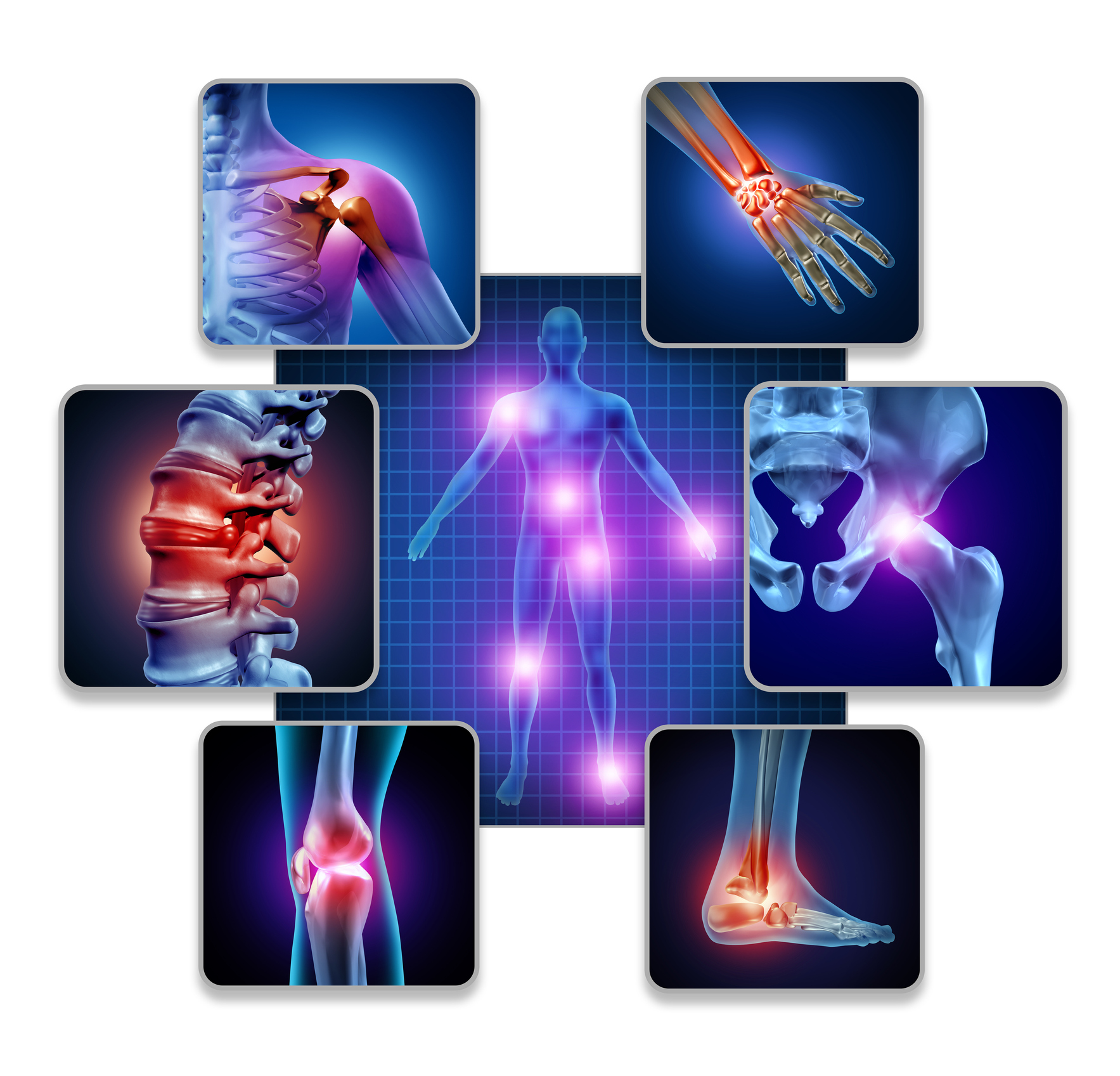
Sensor-based inhaler monitoring with clinical feedback may improve asthma symptom control in children, as well as caregiver quality of life, according to a randomized trial evaluating a sensor-based electronic monitoring system.
Such a system would work well in racially and economically diverse pediatric populations, researchers found. However, this intervention was also associated with higher health care usage, suggesting that further “platform refinement” is warranted.
The study, from Ruchi S. Gupta, MD, MPH, Feinberg School of Medicine, Northwestern University, Chicago, Illinois, and colleagues, was published in Pediatrics.
One of the issues associated with managing asthma in school aged children is adherence to preventive therapies such as daily inhaled corticosteroids (ICS) — And poor adherence leads to complications. For example, research shows that about 1 out of every 4 asthma exacerbations and more than half of asthma-related hospitalizations are due to nonadherence to ICS.
The need to improve ICS adherence among children has resulted in interventions involving sensor-based inhaler monitoring, giving clinicians the chance to assess and intervene on the basis of real-time adherence and usage data. Furthermore, Gupta and colleagues pointed out, “the integration of sensor-based inhaler monitoring with mobile applications may reduce asthma-related health care use by assisting asthma patients between health care provider visits.”
The Improving Technology-Assisted Recording of Asthma Control in Children (iTRACC) trial was designed to determine the effectiveness of clinically-integrated, sensor-based inhaler monitoring on symptom control and outcomes in racially and socioeconomically diverse children with moderate-to-severe asthma.
Children were eligible for inclusion in the study if they were 4 to 17 years of age, had moderate-to-severe persistent asthma, had a prescription for daily ICS for 1 or more years before enrollment, and at least 1 exacerbation requiring oral corticosteroids the year before trial enrollment.
In this study, 125 caregiver and child pairs were randomly assigned to inhaler sensors that allowed for caregiver and clinician electronic monitoring of medications, while 127 pairs served as controls.
One primary end point of the study was the change in asthma symptom control as measured by the Asthma Control Test (ACT), a five-item questionnaire, with scores ranging from a low of 5 for poorly controlled asthma, to 25 for well-controlled asthma, and the Childhood Asthma Control Test (c-ACT), a 7-item validated questionnaire for children aged 4 to 11 years, with scores ranging from 0 for poor asthma control to 27 for well-controlled asthma. Any score under 19 on either test indicated uncontrolled asthma.
The other primary end point was health care usage, which included emergency department visits, hospitalizations, and oral corticosteroid prescriptions during the course of the 12-month trial.
Daily ICS use and caregiver quality of life (QoL) were also assessed.
Gupta and colleague found that by the end of the trial the mean adjusted ACT scores increased from 19.1 to 21.8 in the intervention group (a 2.7-point increase), and from 19.4 to 19.9 in the control group (a .5 point increase). They also found the change in adjusted mean ACT scores from baseline was significantly greater in the intervention group than in controls at all time points of the trial, with the greatest difference at 12 months.
As for health care use, while there were no significant differences between the groups in terms of asthma-related ED visits, hospitalizations, or oral corticosteroid prescriptions in the year before the trial, the rate of asthma-related ED visits and hospitalizations among the intervention was significantly greater than the control group after 12 months of trial follow-up.
The authors suggested this there could be several possibilities accounting for this result. Fox example, caregivers and children may have under-reported asthma exacerbations before the trial, but the alerts enabled providers to detect asthma exacerbation virtually and refer children for appropriate care, including ED visits. Intervention refinement could yield health care use in the future, wrote Gupta and colleagues.
Caregiver QoL was significantly improved among caregivers in the intervention group at 1 month into the trial, and while this difference slightly narrowed at 3, 6, and 9 months, it reemerged at 12 months.
In a commentary accompanying the study, Rachelle R. Ramsey, PhD, Cincinnati Children’s Hospital Medical Center, Cincinnati, Ohio, and Theresa W. Guilbert, MD, MS, Department of Pediatrics, College of Medicine, University of Cincinnati, Cincinnati, Ohio, wrote that the study supports the use of the sensor-based monitoring intervention in children with asthma with regard to improved symptom control and caregiver quality of life.
“Future studies should include an examination of the replicability of these findings as well as chart reviews to discover possible reasoning for increased health care use,” wrote Ramsey and Guilbert.
-
Sensor-based inhaler monitoring improves asthma symptom control in children, as well as caregiver quality of life.
-
However, according to the study, using the monitoring systems also increased health-care use among study participants.
Michael Bassett, Contributing Writer, BreakingMED™
Guilbert reports personal fees from the American Board of Pediatrics Pediatric Pulmonary Subboard, personal fees from GlaxoSmithKline, personal fees from Teva Pharmaceuticals, personal fees from Novartis, grants from the National Institutes of Health, grants and personal fees from Sanofi and Regeneron, grants and personal fees from AstraZeneca, and royalties from UpToDate.
Cat ID: 637
Topic ID: 85,637,730,100,637,192,63,925


